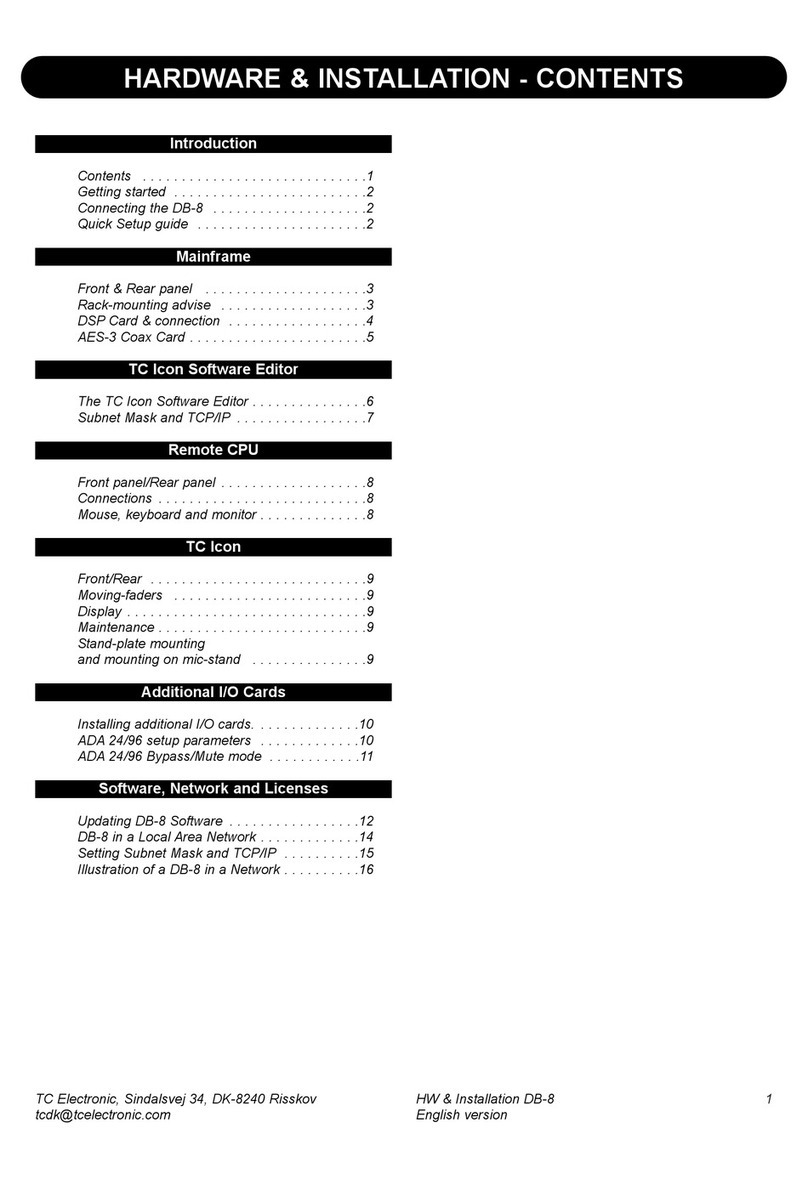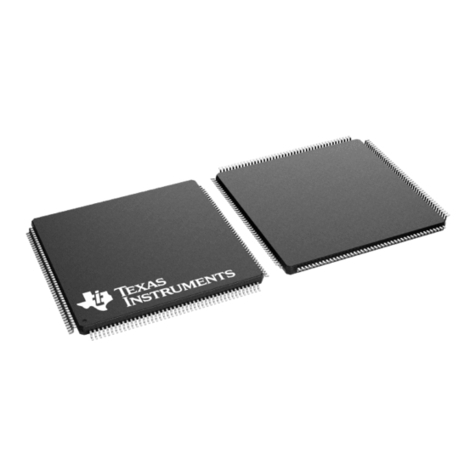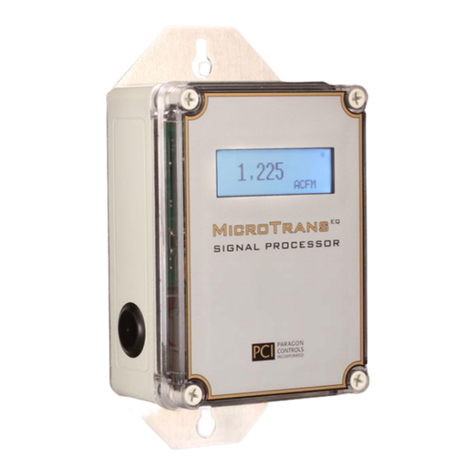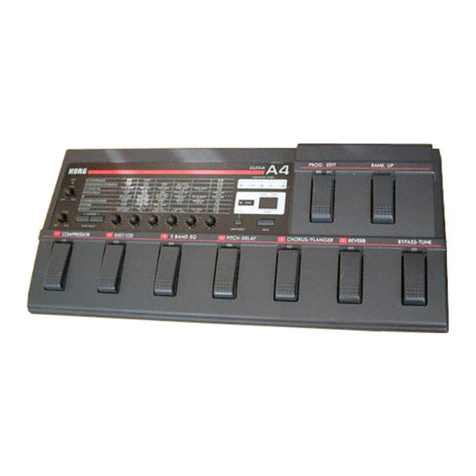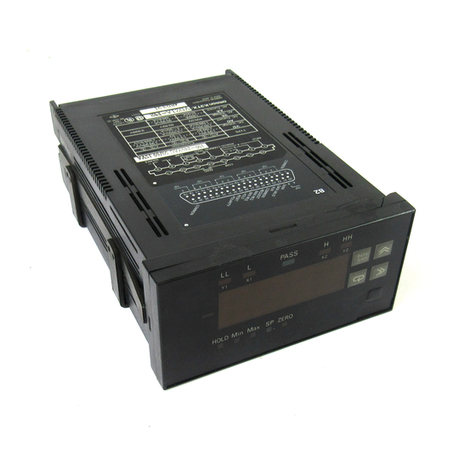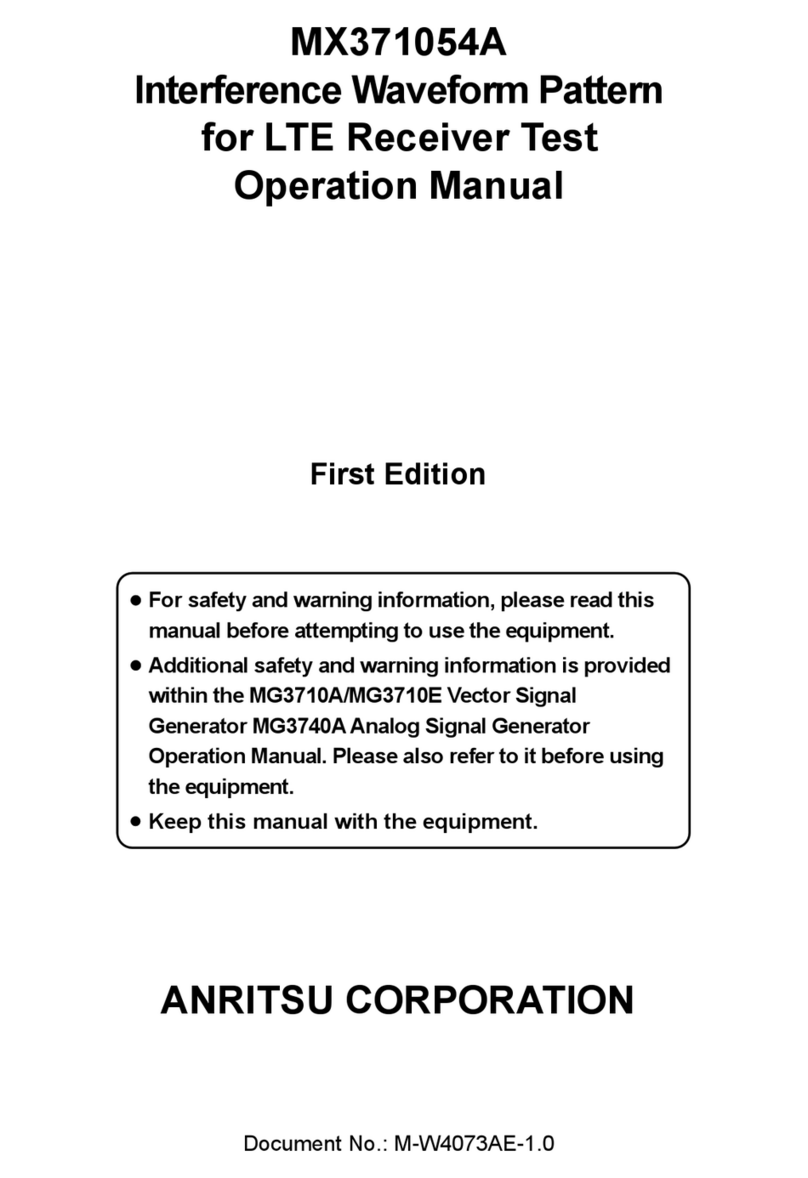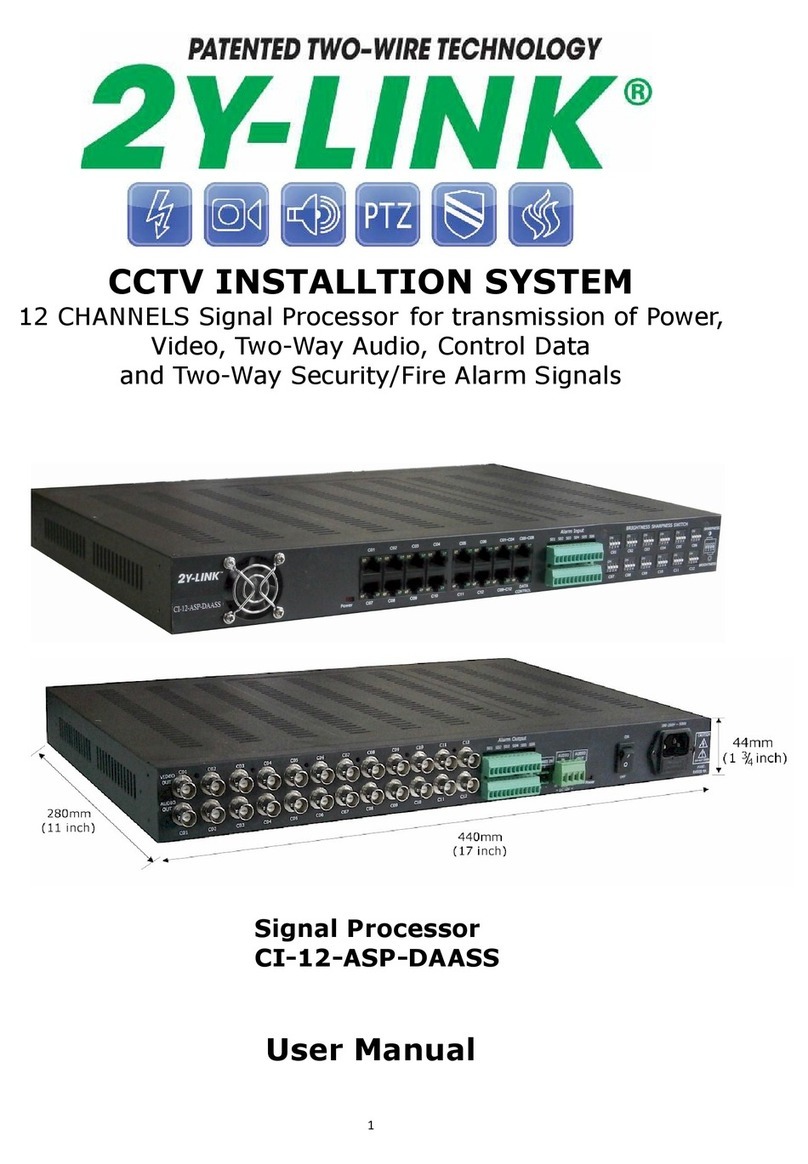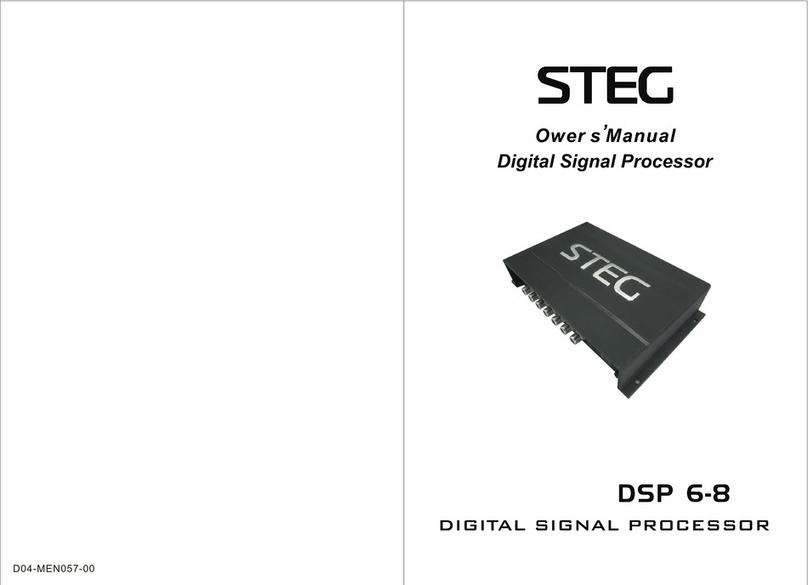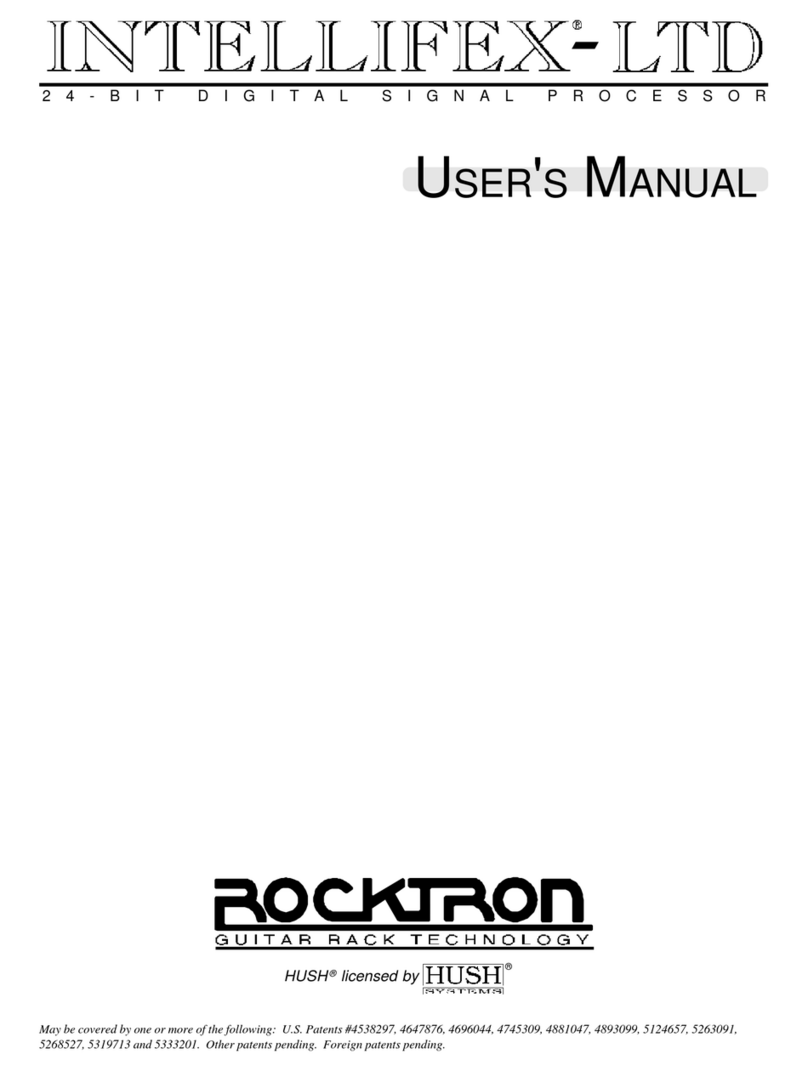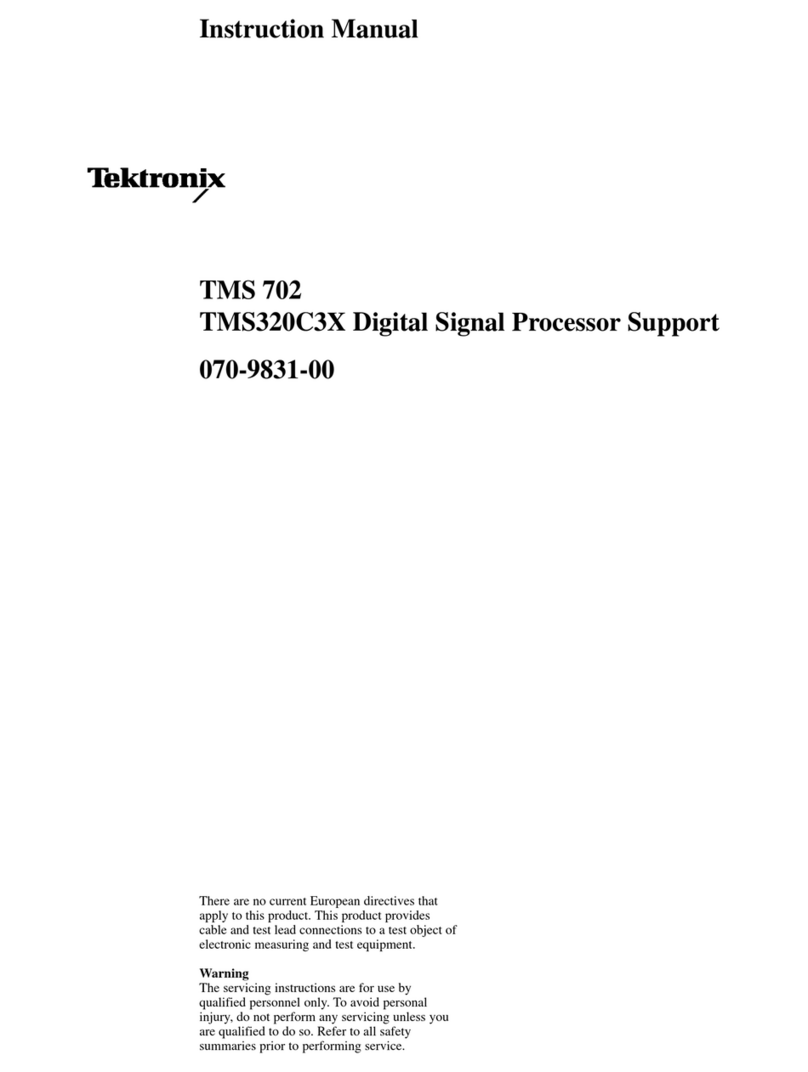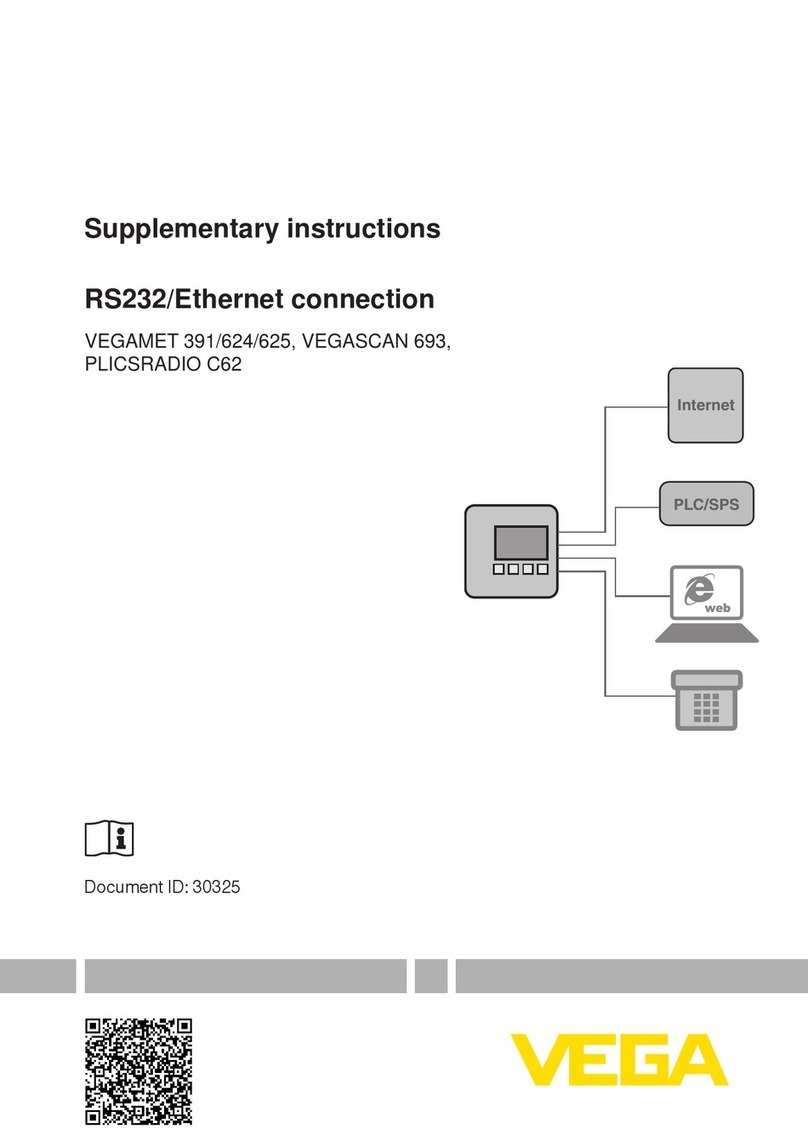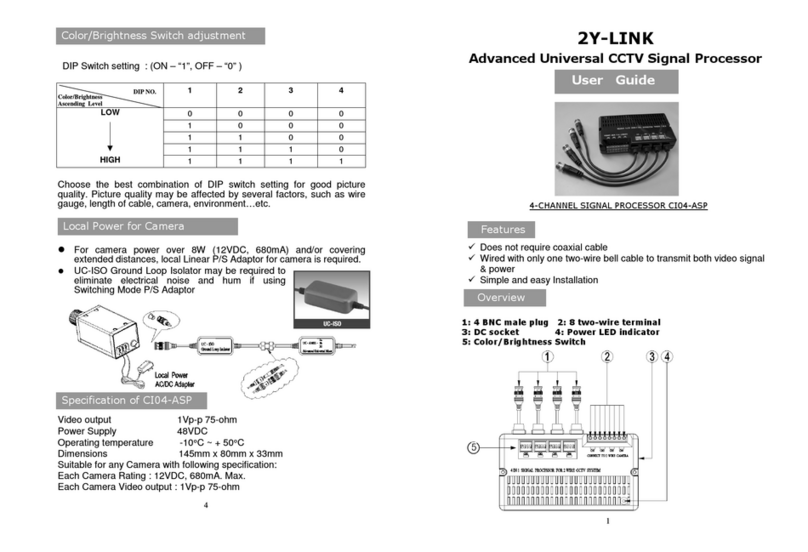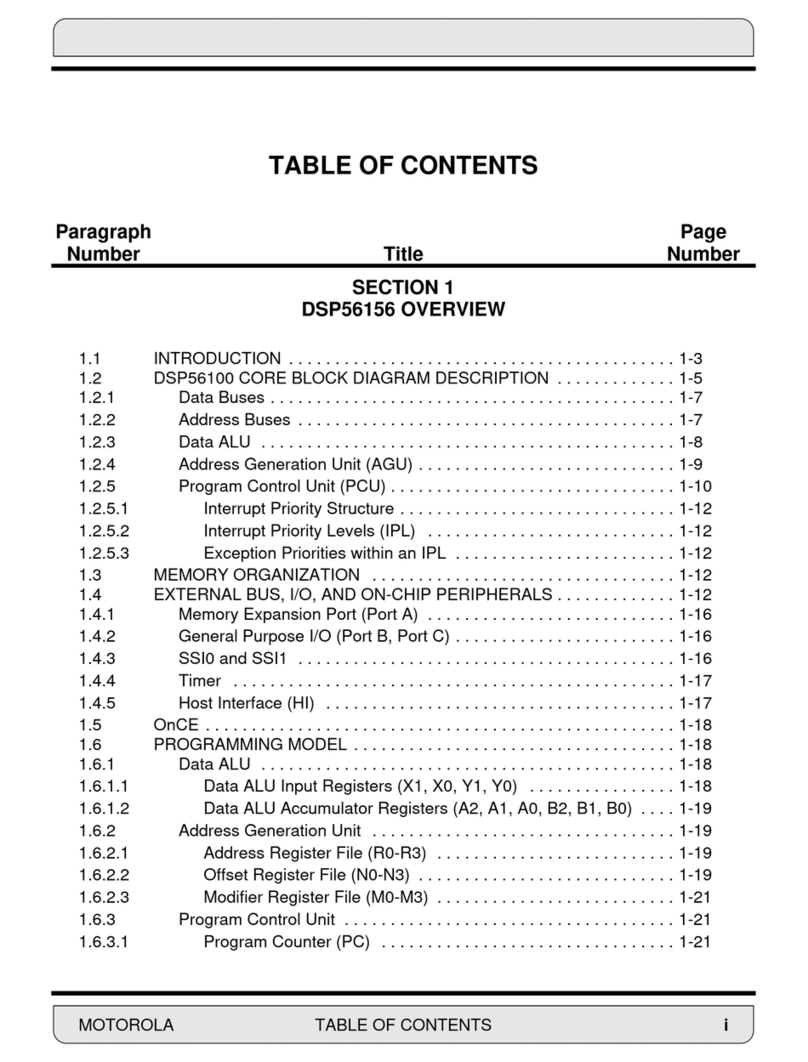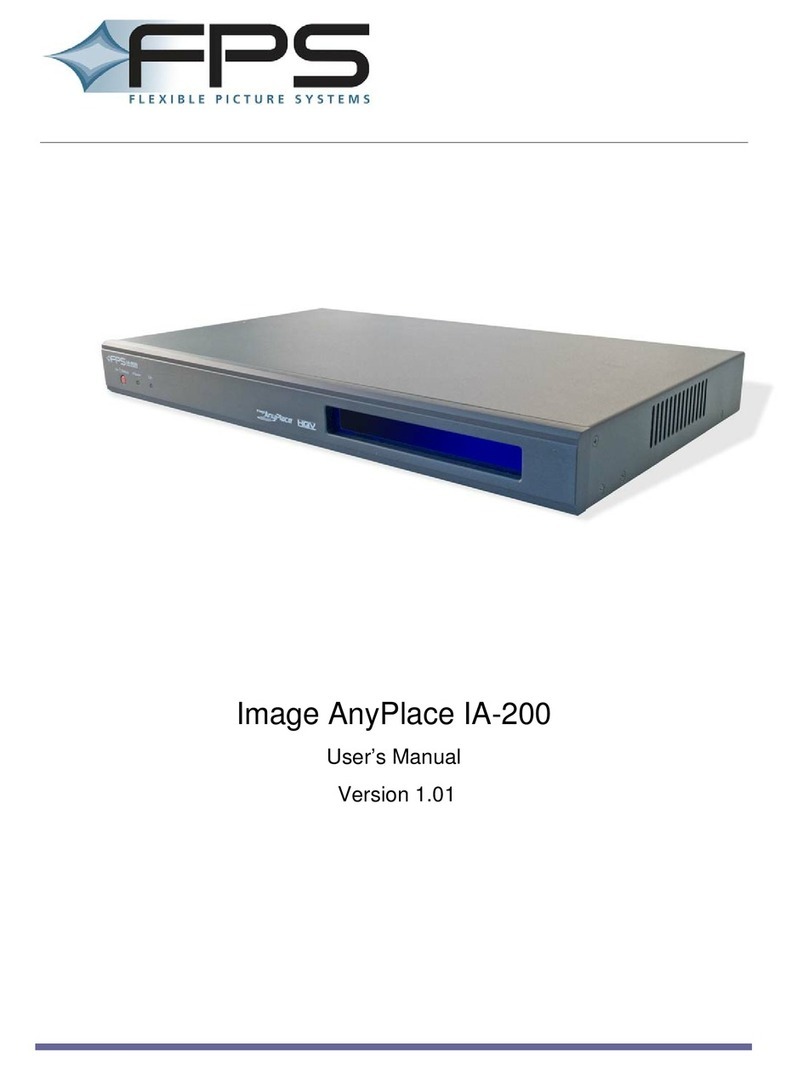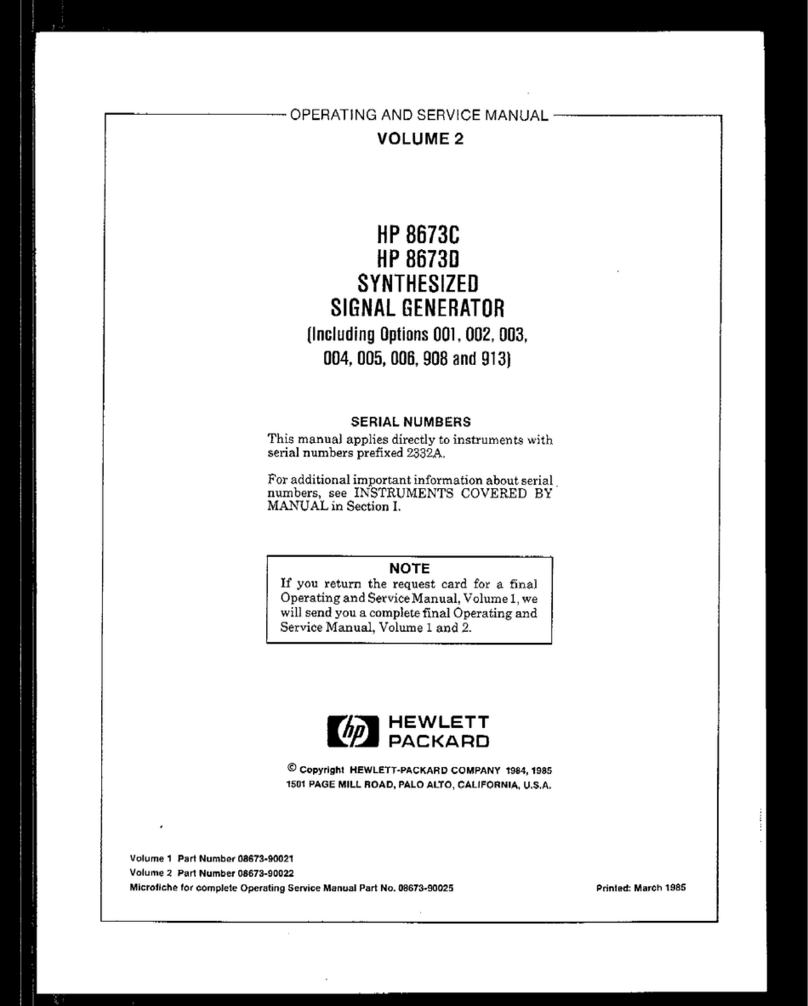
User’s Manual MS3000 Series, P-3291-01-H10
- 7 -
9 For Safe and Proper Operation
Special attention should be given to the following safety instructions and precautions.
9.1 Safety Instructions
Be sure to observe the following safety clauses when operating the instrument(s). MTT cannot undertake any
responsibility and guarantee for any damage and/or loss caused by improper operation contrary to or
neglecting these clauses.
All electrical connections must be made to the terminal blocks of the socket. All connections and
disconnections must be made with no power applied to the instrument. Otherwise, electric shock may result.
Do not disassemble or modify the instrument, and do not replace the power fuse. Otherwise, fire or electric
shock could result.
Do not allow any foreign matter (metal chips, water, liquid, etc.) to get into the instrument. Should any
foreign matter enter the instrument, immediately unplug the power cable, and contact MTT or its
distributor.
When the instrument is used for applications that require higher reliability and safety,
transportation, communication, power generation control and medical equipment, special consideration
should be taken in safety design to prevent such equipment from malfunctioning as a whole system.
Do not operate the instrument in an explosive atmosphere containing flammable vapors, gases or dusts.
Otherwise, an explosion may result.
Do not place any combustible materials in the vicinity of the instrument.
Because no power switch is provided on the instrument, the power supply of the instrument cannot be turned
off on the instrument side. So, be sure to provide a power circuit breaker for the power source of the
instrument. Note that the breaker should be installed in a location close to the instru
convenience of operation. And the breaker should be marked as a “disconnecting device” for the instrument.
Use the instrument within the operating conditions described in the published product specification. Failure
to do so may cause fire or damage to the instrument.
Avoid operating the instrument in locations where extreme temperature changes can cause condensation.
Otherwise, it may be damaged.
Avoid operating or storing the instrument in locations where corrosive gases are present or chemical solvents
may splash.
Hot-swapping may not cause immediate defects in the unit, but this should be avoided as far as possible.
For the sake of safety, installation and wiring must be performed by qualified personnel with expertise in
electronics, electricity or instrumentation engineering.
9.2 Operating Precautions
For Handling:
This is a precision instrument. Do not drop or throw the instrument.
This product contains electronic parts. Do not splash water on the product and do not dip it in water.
For installation, select a place where no condensation occurs.
Avoid storing or installing the instrument in locations subject to direct sunlight, high temperature, dust,
high humidity or vibration.
Special Notes for CE Marking (CE-compliant models only):
The instrument is designed and manufactured to conform to the following EMC and Low Voltage
Directives:
EMC Directive (2014/30/EU)
- Standard conformity: EN61326-1:2013 Class A
!


